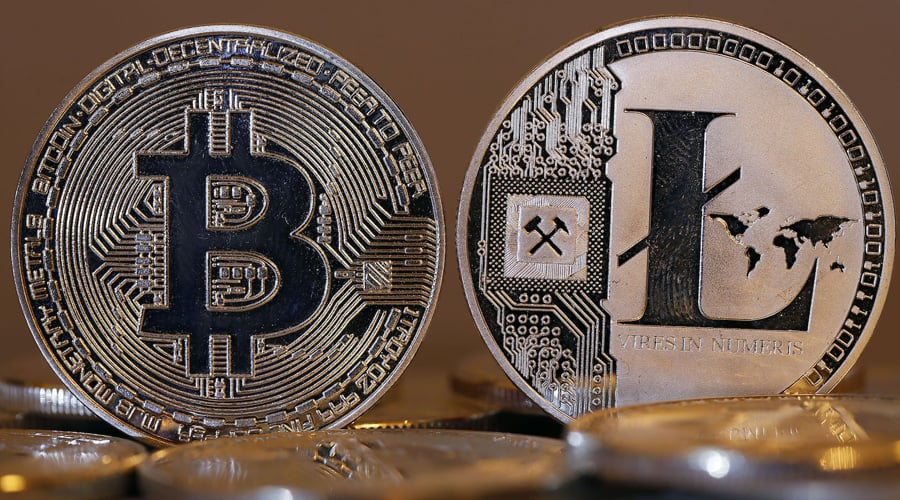Key Points:
- Anthony Guerrera launched the Litecoin Ordinals project on GitHub after forking the GitHub repository for Bitcoin Ordinals in January.
- Guerrera says the bounty to port Ordinals to Litecoin grew from 5 LTC to 22 LTC.
- The software engineer claims that the Litecoin blockchain is the ideal site for Ordinals since it has MimbleWimble as its secret ingredient.
This week, the Ordinals protocol was forked to Litecoin, the second cryptocurrency network created, for a little monetary reward and technical prowess.

Anthony Guerrera, an Australian software developer, published a repository on GitHub on February 18 that forked the Bitcoin Ordinals protocol into Litecoin. This enabled the nonfungible token (NFT)-type assets on the Litecoin network, much like it had earlier this year on the Bitcoin network.
Guerrera said in an interview with Cointelegraph that a 5 LTC incentive offered by the fictitious Twitter user Indigo Nakamoto on February 11 that increased to 22 LTC, or around $2,000, to anybody who was first to successfully establish a fork motivated him to build Litecoin Ordinal.
The Bitcoin protocol modifications known as Taproot and SegWit enabled the attachment of NFT-like structures known as “inscriptions” to satoshis as well as increased network efficiency and anonymity.
According to Dune statistics, approximately 154,000 inscriptions have been written so far using Ordinal Inscriptions, which enable users to mint material other than transactions on the Bitcoin network. The Ordinals project has now been modified by a developer for the competing proof-of-work blockchain Litecoin.
Guerrera stated that the cost to inscribe a litoshi, which is the LTC counterpart of a satoshi, is around two cents. The cost to inscribe a picture onto the Bitcoin blockchain can cost up to tens of dollars, depending on its size.

Litecoin, a peer-to-peer cryptocurrency introduced in 2011, is intended to execute transactions more quickly than Bitcoin. Charlie Lee, a former Google employee who invented Litecoin, sold all of his Litecoin in 2017 to prevent any possible conflicts of interest.
Guerrera claimed that the creation of his LTC fork took about a week. He said that in order to function with inputs from the Litecoin network rather than the Bitcoin network, he changed the Ordinals code.
The fork also had to take into consideration variables that varied across the blockchains, such as the total amount of coins that could be created and variances in block generation times.
Guerrera said in a tweet on February 19 that he had created the first-ever Litecoin Ordinal by inscribing 0, which involved uploading the MimbleWimble whitepaper to the blockchain.
The release of the whitepaper follows the Mimblewimble Extension Blocks (MWEB) update in May 2022, which enables Litecoin users to choose to participate in private transactions and other blockchain advancements, including assisting in the reduction of extra and pointless transaction data.
Guerrera claims that the Litecoin blockchain is the ideal site for Ordinals since it can handle more data in a single transaction at a cheaper cost than the Bitcoin blockchain and has MimbleWimble as its secret ingredient.
DISCLAIMER: The Information on this website is provided as general market commentary and does not constitute investment advice. We encourage you to do your own research before investing.
Join us to keep track of news: https://linktr.ee/coincu
Harold
Coincu News






















